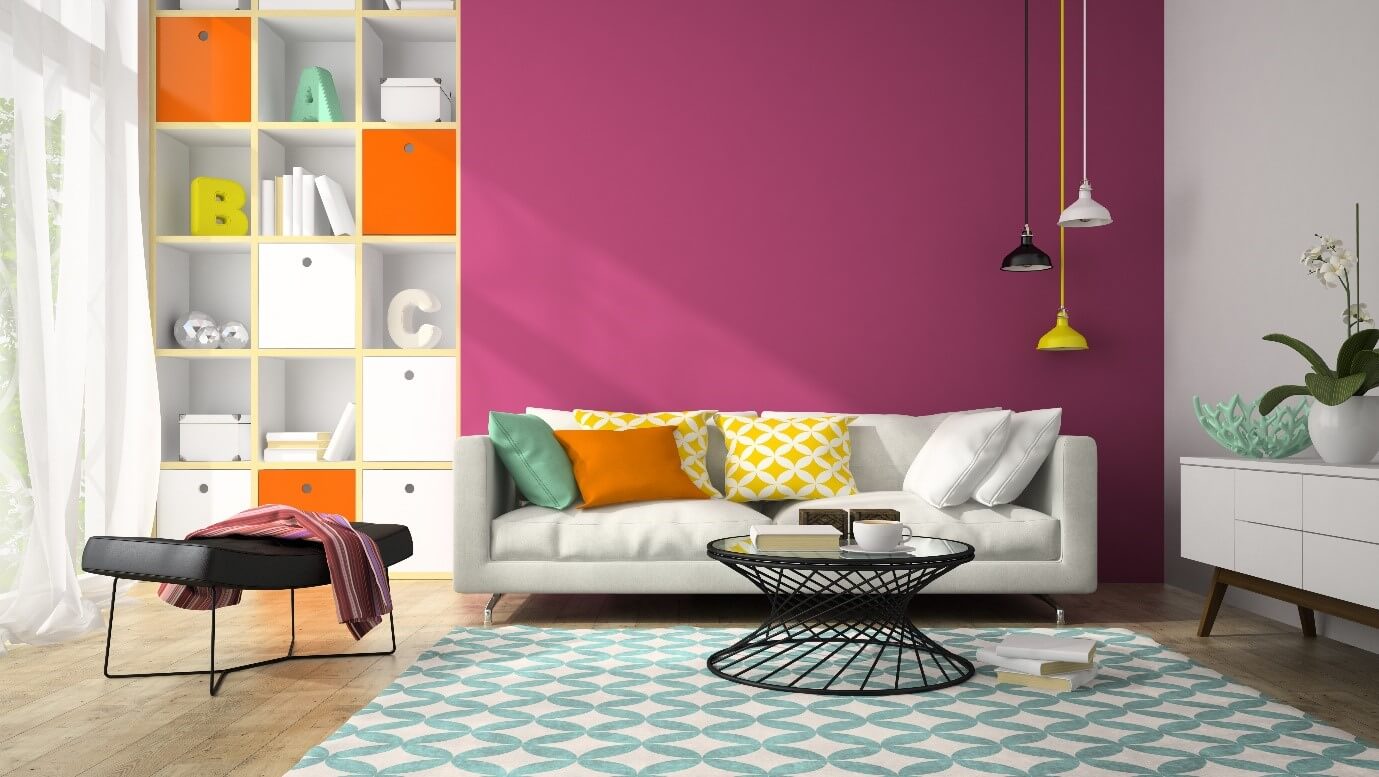How to improve the BER for your soon-to-be sold house
28th September 2016

If you’ve been in the property game in the last seven or so years, chances are you’ve come across a colour-coded letter beside the properties you’ve had your eye on online.
While you may have thought you’d left grades behind you in school, houses sold or rented since 2009 require a BER letter grade from A1-G.
Much like how the price of a car is affected by the miles it’s clocked, the BER of a house can have an impact on the value. Since 2009, every house up for sale or for rent must have a BER – but where do you find it and how can you improve yours to increase the value?
How do you find your BER?
You’ll need to hire a BER assessor to find out your property’s all-elusive grade. Have a good look around the net, make some phone calls, and ask for pricing. Alternatively, you can ask us to recommend. Once you’ve got an assessor you’re happy with, they’ll call over and take details like the size of the property, its orientation, and its dimensions. They’ll then do a more detailed analysis that includes the types of walls, windows, and insulation.
The assessor will look at over 80 separate pieces of data to generate your grade. Afterwards, you’ll be given a BER certificate and an advisory report to tweak your house to improve its grade. .
Thankfully, improving the grade of your BER isn’t quite as stress-inducing as your swotting-up efforts in the past. (Cue a flashback to the panic of the morning of the Leaving Cert results.)
Cost-effective tips for improving the BER of your house
The BER scheme was introduced to reduce Ireland’s dependency on fossil fuels and to make our country more eco-friendly, so that’s the most important thing to keep in mind when you’re deciding what home improvements you want to make to get your grade up.
1. Getting smart about your lightbulbs
While you might not think your lightbulbs matter, it pays (quite literally) to be smart about your bulbs. Compact fluorescent lamps (CFLs) use less energy than traditional incandescent lightbulbs. LED bulbs are another option, using around 20% of the energy of incandescent bulbs, so while it may only be a small change it’ll add up in the long run.
It’s also good to get into the habit of turning your lights off as you leave a room – presuming it’s empty, of course!
2. Putting a (chimney) damper on your spending
While a fireplace is a perfect accessory for adding a touch of class to the vast majority of rooms, the chimney it’s attached to could cost you a small fortune. Chimneys are a big source of heat loss in the home, and while lighting a fire in the dead of winter makes for a cosy night in, it’s leaking energy during the year.
Installing a simple chimney damper is an easy way to fix the problem, especially if your chimney is for decorative purposes. For inactive fireplaces, an adjustable chimney damper can be fitted and sealed so energy loss is hugely reduced.

3. Maximising your insulation
Improving the overall insulation is one of the more obvious ways to improve the BER of your house. Better insulation means the heat is kept in far more efficiently, but the changes can come with a hefty price tag so it’s worth shopping around for prices.
The four main areas that may need better insulation include the attic, walls, your water cylinder.
· Attic – a poorly insulated attic can be responsible for up to 30% of the heat lost in your home. A €300 grant is available from SEAI to go towards attic insulation.
· Water cylinder – if you’ve grown up with an Irish mammy, chances are you’ve experienced the fear of leaving the immersion on. However, as much as the immersion is a culprit for escalating energy bills, ignoring your water cylinder can be pricey too. A simple lagging jacket on your cylinder can quickly reduce hot water storage heat loss. Win-win!
· Wall insulation – just like your attic, poorly insulated walls are a big culprit for heat loss. Reinsulating your walls, or building on the existing work, can be expensive, so the SEAI offers grants of €300 towards work on wall cavities; up to €2,400 for internal dry lining; and up to €4,500 for external wall insulation.
4. Draft excluding
As much as the Irish mammy is right about turning the immersion off, she’s also got a second sense for finding the source of a cold draft. For that very reason, draft excluders have found their way into many homes.
But there’s more use to finding drafts than keeping a chill out, as being savvy means reducing heat loss too. Small gaps between frames and windows or doors are a common source of heat loss. Draught stripping is available in most hardware shops and is an easy and cost-effective way to keep drafts out.
5. Getting solar friendly
For a start, replacing the glazing with argon-filled double glazed units can massively improve heat retention.
On a larger scale, solar panels can hugely reduce water-related heating costs. The SEAI offer a €1,200 grant towards the cost of solar heating.
For more information on SEAI grants, visit SEAI.ie.
Whatever options you choose, a higher BER will make your house more attractive to buyers as it means a more energy efficient home and cheaper heating bills in the long term. What’s not to love?
Are you looking to sell your house?
With over 80 years of experience in local property, we can help you sell your house now.
If you have a question about selling a house, get in touch or follow us on Facebook, LinkedIn, and Twitter. If you enjoyed this article, please share it by pressing the social icons below.

